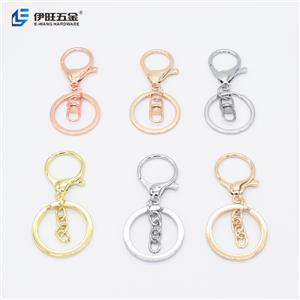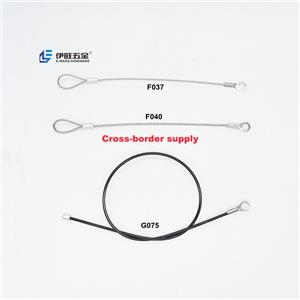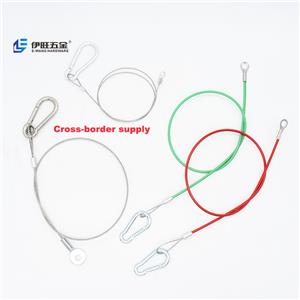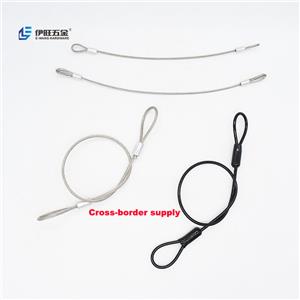The Ultimate Guide to Loose Leaf Binder Rings: Precision, Performance, and Paper Organization Mastery
**Chapter 1: Anatomy and Engineering of a Binder Ring**
To appreciate the innovation in modern binder rings, one must first understand their basic components and the engineering challenges they solve.
**1.1 The Core Components:**
* **The Ring Mechanism (Chassis):** This is the metal assembly housed within the binder's spine. It consists of the rings themselves, the lever or trigger, and the internal spring mechanism. Typically made from hardened steel or durable polymers, the chassis is the engine of the entire system.
* **The Rings:** The visible, curved metal parts that hold the paper. Their diameter, material, and finish are key performance factors.
* **The Actuator (Lever or Trigger):** The part the user interacts with to open and close the rings.
* **The Spring:** The heart of the mechanism. This provides the constant, firm pressure that keeps the rings closed and the pages secure. High-quality binders use robust, tempered steel springs designed to withstand thousands of cycles without losing tension.
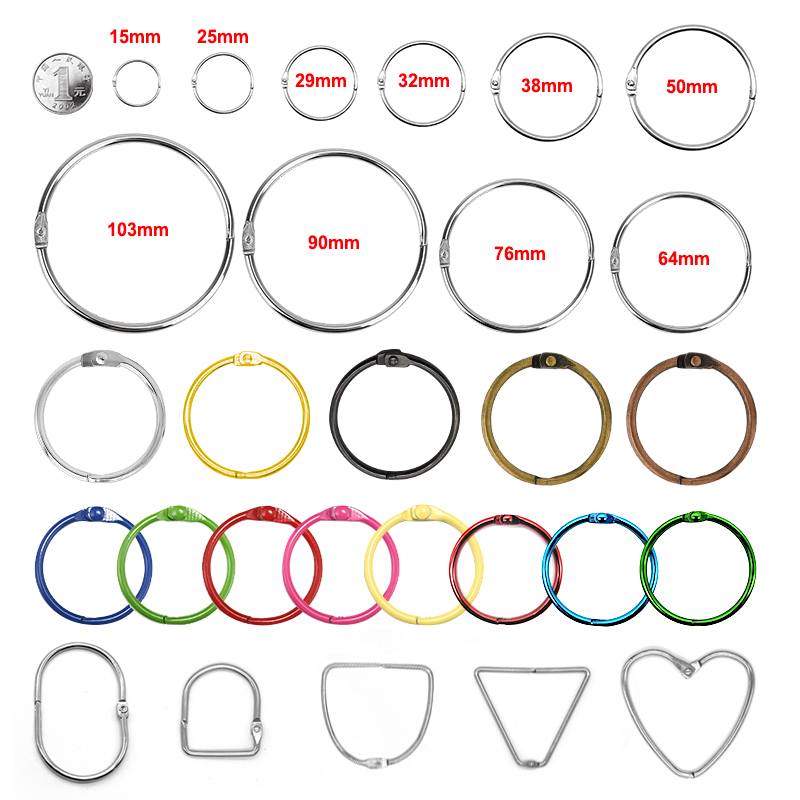
**1.2 The Materials Matter:**
The choice of material directly impacts longevity and performance.
* **Carbon Steel:** The most common material. It's strong, durable, and cost-effective. It is almost always finished with a coating to prevent rust.
* **Stainless Steel:** The premium choice. Highly resistant to corrosion and rust, making it ideal for environments where longevity is paramount.
* **Engineering Polymers:** Used in some modern or lightweight binder designs. They offer excellent durability and a significantly lighter weight, a major advantage for students or professionals on the move.
**1.3 The Finishing Touch:**
The metal ring's finish serves both functional and aesthetic purposes.
* **Nickel Plating:** A standard, silvery finish that offers good corrosion resistance and a classic, professional look.
* **Brass Plating:** Provides a warm, gold-like appearance often associated with high-end, executive-style binders.
* **Painted/Epoxy Coatings:** Often in black or white, these provide a uniform look that matches the binder's cover and prevents chipping.
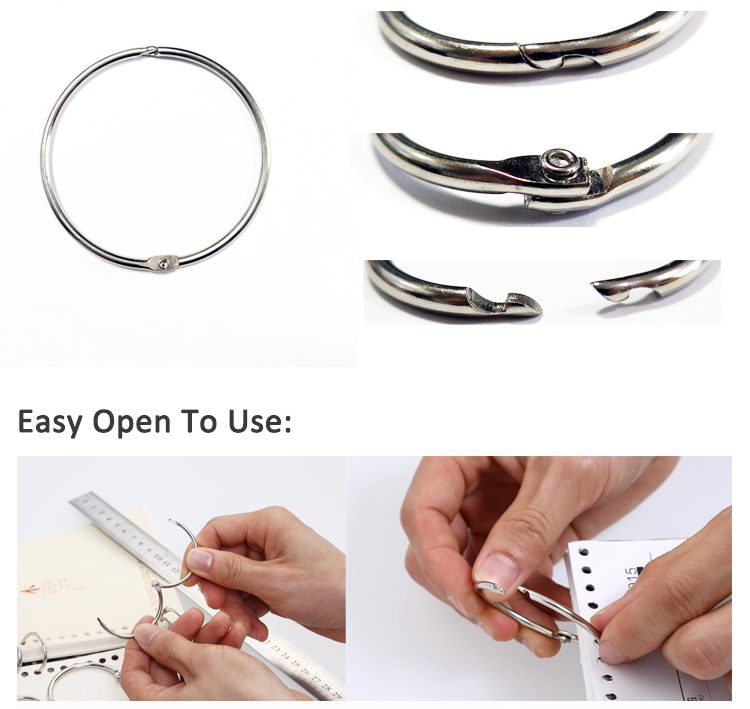
#### **Chapter 2: Types of Binder Rings**
Not all binder rings are created equal. The shape and size are deliberate design choices that cater to specific use cases.
**2.1 The D-Ring: The Gold Standard**
The D-ring is widely considered the superior design for binders that will hold a substantial amount of paper.
* **Design:** Shaped like the letter "D," with a flat side that mounts to the binder's spine.
* **Advantages:**
* **Maximum Paper Capacity:** The flat back allows pages to sit flush against the spine, utilizing the entire available space.
* **Lies Flat When Open:** This is its killer feature. Pages curl around the flat edge, allowing the binder to open completely flat on a desk, making writing effortless.
* **Page Turnability:** Pages turn more smoothly and lie flatter.
* **Ideal For:** Thesis projects, client presentations, legal documents, and any situation where a binder is used actively for reference and note-taking.
**2.2 The Circular Ring (O-Ring): The Classic Choice**
The traditional circular ring is a familiar and effective design.
* **Design:** A perfect or near-perfect circle.
* **Advantages:**
* **Strength:** The circular shape can be very strong.
* **Cost-Effectiveness:** Generally less expensive to manufacture.
* **Disadvantages:**
* **Reduced Capacity:** The curved back creates a gap between the pages and the spine, meaning less paper can be held comfortably.
* **Does Not Lie Flat:** Pages "hump" at the spine when open, making writing difficult.
* **Ideal For:** General storage, archiving documents that are referenced less frequently.
**2.3 The Slant Ring (Slant D-Ring): A Hybrid Innovation**
A specialized variant of the D-ring, angled within the binder for enhanced performance.
* **Design:** A D-ring mounted at a slight angle (usually 15-20 degrees) within the spine.
* **Advantages:**
* **Ultimate Ergonomics:** The angled design aligns the pages naturally with the user's arm, reducing wrist strain when writing.
* **Even Flatter Lie:** Often provides a superior lie-flat experience.
* **Ideal For:** Anyone who spends hours writing in their binders. It represents the pinnacle of user-focused design.
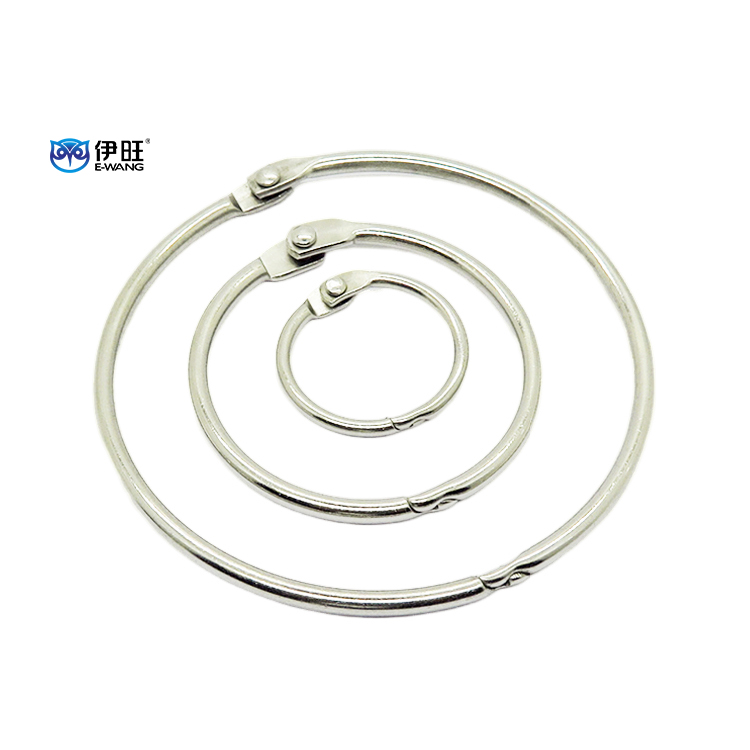
#### **Chapter 3: Demystifying Ring Capacity**
The number on the binder's spine (e.g., 1", 2") refers to the diameter of the ring when closed. Understanding capacity goes beyond this number.
**3.1 Standard Sizes and Their Meanings:**
* **½ inch:** Holds approx. 100 sheets. Ideal for thin reports.
* **1 inch:** Holds approx. 200-225 sheets. The most common and versatile size.
* **1.5 inch:** Holds approx. 300-350 sheets. Excellent for consolidating two related subjects.
* **2 inch:** Holds approx. 400-450 sheets. A high-capacity workhorse for comprehensive projects.
* **3 inch and above:** Holds 500+ sheets. For archiving and massive reports.
**3.2 The "Rule of Half":**
A crucial tip for longevity: **never fill a binder beyond 80-90% of its rated capacity.** Overstuffing places immense stress on the ring mechanism, the spring, and the paper holes. This leads to:
* Bent or warped rings that won't close properly.
* A weakened spring.
* Torn reinforcement rings.
For a 2-inch binder, aim to keep the contents at around 1.8 inches thick for optimal performance.
---
#### **Chapter 4: Mechanisms of Action**
How you open the binder is a key part of the user interface. The mechanism dictates security and ease of use.
**4.1 Lever Arch Mechanisms:**
The classic and most secure design.
* **How it Works:** Two metal levers on the spine are pulled outward to open the rings.
* **Advantages:**
* **Superior Security:** Difficult for the rings to open accidentally.
* **Even Pressure:** Provides a strong, consistent closure.
* **Tactile Satisfaction:** The "snap" is unmistakably reliable.
**4.2 Trigger Mechanisms (Push-Button):**
A streamlined and often quieter alternative.
* **How it Works:** A button or trigger is pressed, releasing the rings.
* **Advantages:**
* **Sleek Aesthetics:** Offers a clean, uninterrupted spine.
* **Ease of Use:** Can be operated with one hand.
* **Considerations:** May be less secure than a lever arch if the button is accidentally depressed.
**4.3 Locking Mechanisms:**
For ultimate document security.
* **How it Works:** A key is used to lock the rings in the closed position.
* **Ideal For:** Protecting sensitive financial information, confidential client data, or any documents that must be tamper-evident.
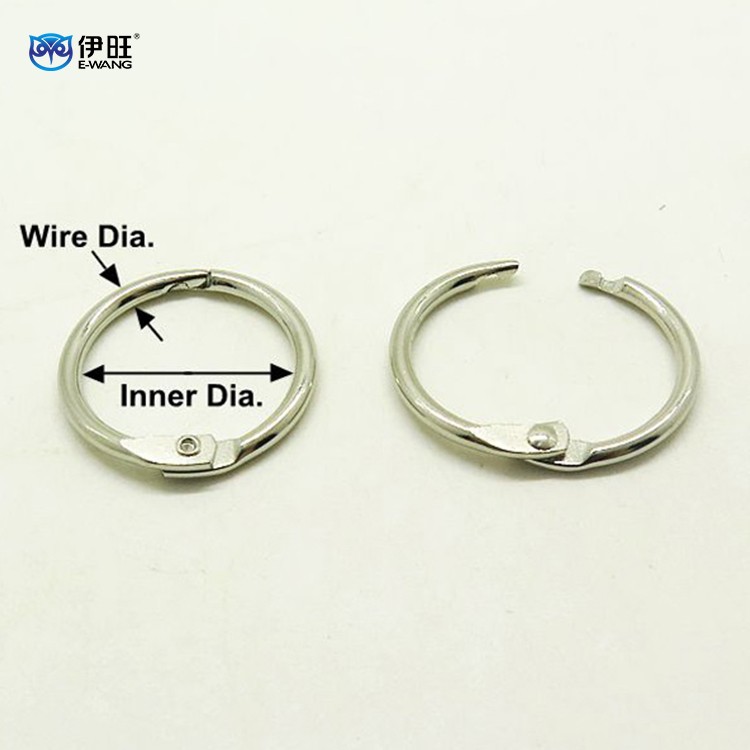
#### **Chapter 5: Selecting the Perfect Binder Ring**
Ask these questions to choose the right one:
**1. What is the primary use?**
* **Active Note-Taking & Writing:** Prioritize a **D-Ring** (or Slant Ring). The lie-flat feature is non-negotiable.
* **Storage & Archiving:** A **Circular Ring** binder may be sufficient and cost-effective.
* **Portability:** Consider a lighter-weight binder with a polymer mechanism.
**2. How much paper will it hold?**
* Estimate your page count and choose a size that gives you about 20% extra space.
**3. How important is durability?**
* For daily use, invest in a **stainless steel mechanism**. For occasional use, standard carbon steel will suffice.
**4. What is the desired aesthetic?**
* For a professional look, consider brass-finished rings. For minimalism, black-coated rings are perfect.
---
#### **Chapter 6: Accessories and the Ecosystem**
The ecosystem around binder rings enhances their functionality.
* **Sheet Protectors:** Add non-hole-punched documents without damage.
* **Pocket Dividers:** Combine organization with storage for loose items.
* **Reinforcement Labels:** Strengthen the holes of frequently moved pages.
* **Custom Printed Covers:** Transform a standard binder into a branded marketing tool.
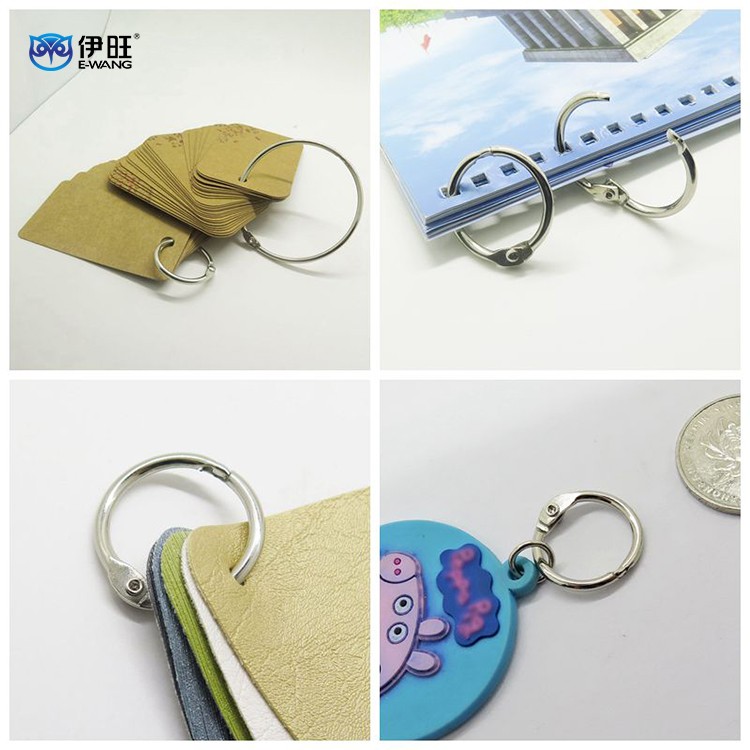
#### **Chapter 7: The Sustainable Choice**
In a world concerned with waste, loose leaf binders are a paradigm of sustainability.
* **Reusability:** A binder can be reused indefinitely. Simply remove the contents, and it's ready for its next life.
* **Reduced Paper Waste:** The ability to add, remove, and reorganize pages eliminates the need to rewrite notes.
* **Durability:** A well-made binder is a long-term investment, staying out of a landfill for decades.
By choosing a high-quality binder, you are making an environmentally conscious choice.
---
#### **Conclusion: The Unbroken Circle of Productivity**
The loose leaf binder ring is a masterpiece of simple, effective design. It is a tool that empowers us to control our information and structure our thoughts. From the precise engineering of its spring to the ergonomic curve of a D-ring, every detail serves a purpose.
Understanding these details allows you to make an informed choice that will elevate your workflow, protect your important documents, and provide a reliable foundation for your projects for years to come. In the digital age, the power of the physical page, organized and secured by the perfect ring mechanism, remains unassailable. Choose wisely, and let your productivity flourish.

